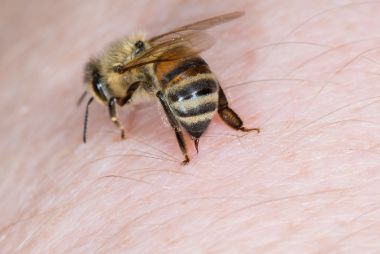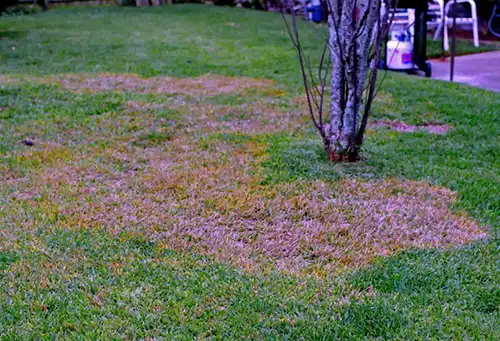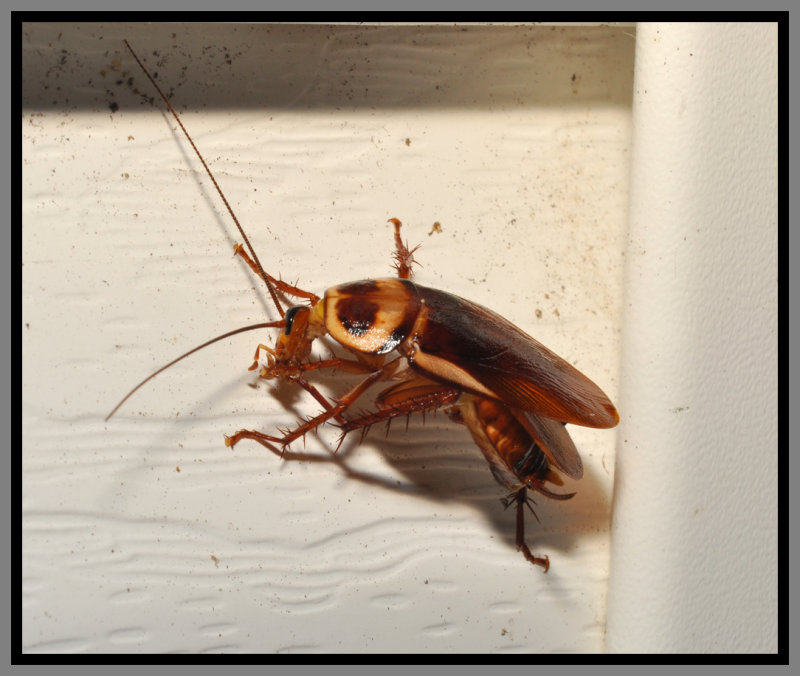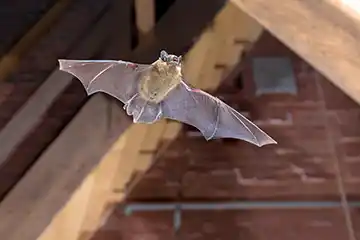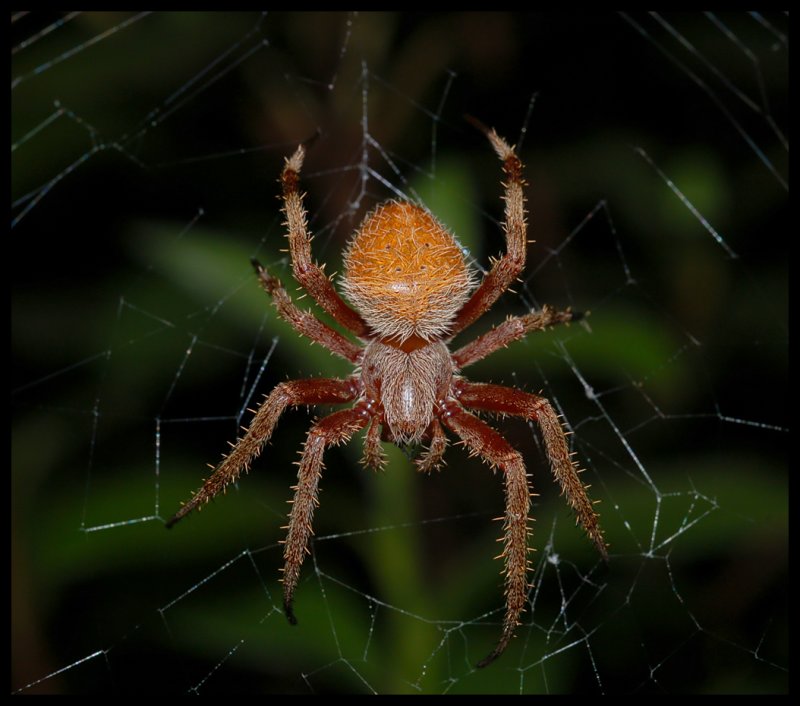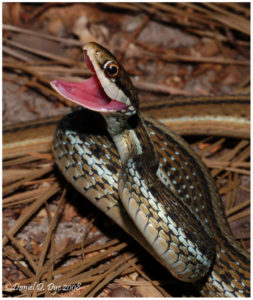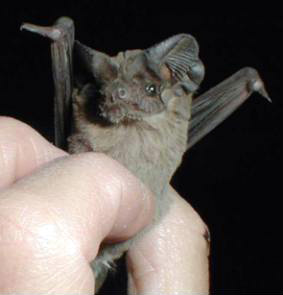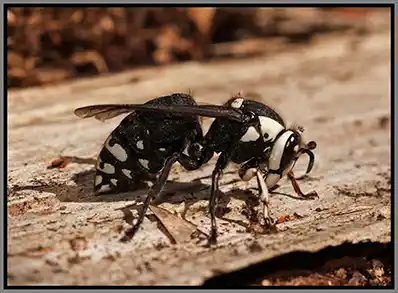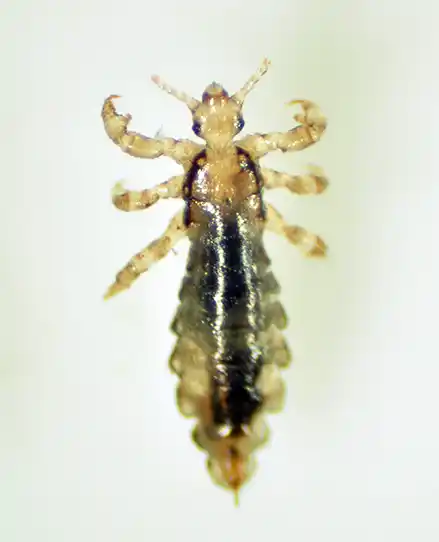Now that the warmer weather has begun to arrive, it’s important to be mindful of stinging insects and take the proper precautions. Insect stings can be very painful and disturbing – they can cause skin reactions and even moderate to severe allergies.
Stings can usually be treated at home; however, severe allergic reactions can occur and potentially require medical attention – making it extremely important to be protected. It’s always better to be safe than sorry.
Some ways to protect yourself from stings:
- Wear light-colored clothing: Floral patterns and dark colors can be attractive to bees and wasps.
- Wear protective clothing: Covering as much skin as possible will protect you. Long sleeves and pants are always a good idea when spending a lot of time outdoors.
- Watch where you walk: There’s nothing worse than finding out you stepped into a fire ant mound – OUCH! When a nest is disturbed, fire ants will come out by the hundreds to defend their colony from intruders. They not only inflict a painful sting, but they will bite down on you, as well!
- Avoid perfumes: Anything that has a strong scent can attract bees and wasps. These little insects love perfumed soaps, shampoos, deodorants, colognes, etc. You will be better off going for a neutral and natural scent.
- Wear clean clothes: Insects are attracted to strong odors. Basic hygiene, such as bathing daily, may help you prevent a sting.
- Keep areas clean: We’re starting to see a pattern. Insects are attracted to leftover foods, garbage, and dirty plates. Maintaining cleanliness and discarding food correctly will help you in avoiding these little insects. Be careful with sweetened beverage spills and food crumbs.
- Keep calm: Sometimes when we see a bee or a wasp flying around, we tend to make rapid moves and start swatting. This is actually the opposite of what you should be doing; this will irritate them and you will have a higher chance of getting stung.
- Wear bug repellant: If you’re going to be outdoors, make sure to apply an insect repellant, there are plenty of brands to choose from. Read the product label to see which one is best for you and your family.
If you follow these easy tips, you will have a better chance of avoiding a painful sting. And if you have any questions about what you can do to keep your home safe from these insects, feel free to contact Florida Pest Control today.

